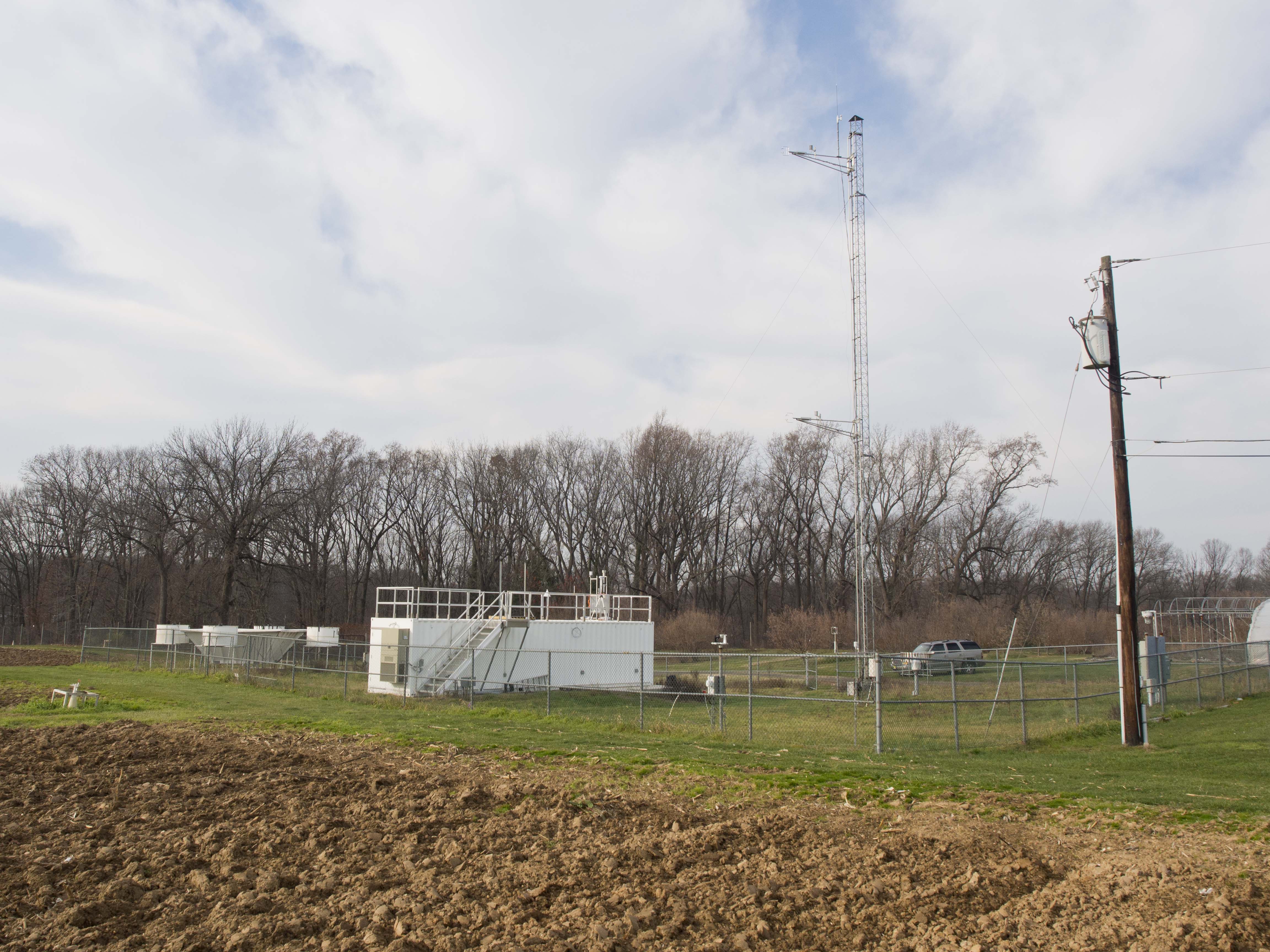The PAM Site, also known as PAMS, or Photochemical Assessment Monitoring Station, is a permanent installation on Rutgers Horticulture Research Farm 3 (East Brunswick, NJ) designed to measure hazardous pollutants and particulates in the atmosphere, as well as track and record the corresponding upper and lower air conditions. It also serves as a teaching resource for meteorology students. The site is a joint-operation between the New Jersey Department of Environmental Protection (NJDEP) and the Department of Environmental Sciences (DES) at Rutgers University. The NJDEP handles the acquisition and analysis of the pollution and aerosol data, and DES handles the basic site maintenance as well as the meteorological observations and the upkeep of those instruments. It is a critical tool to measure and study pollution levels in this densely populated region of the state, and is used by a number of public and private research institutions to study ozone, NOx, carbon dioxide, and other aerosol and greenhouse emissions levels. The corresponding upper and lower air weather data recorded at the site also enables us to see where these pollutants came from, how long they will stay in the area, and where they will be moving next.
